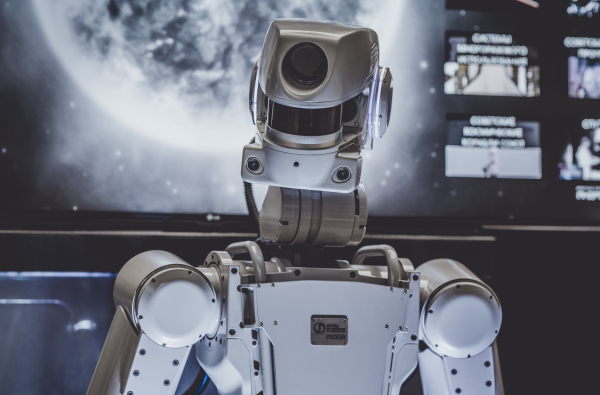The entire landscape of food experiences is changing. From production, manufacturing, distribution to shopping and consumption.
IFA Group, a major manufacturer in the food industry, engaged Opinno in the design and implementation of a sustainable strategy for the next five years.
We invited the company to our HQ in Silicon Valley for a presentation of the latest trends and innovations in the food industry. Then we went on a tour of the most relevant food innovation labs and experimental kitchens of the moment.
Trends in the food industry
1. 3D food printing has been introduced as one of the solutions that will stop world hunger. The technique could improve the nutritional value of meals and, according to the scientist Hod Lipson, “food printing could allow consumers to print food with customized nutritional content, optimized based on biometric and genomic data;
2. Cellular agriculture. Transforming protein by offering cheaper, more sustainable alternatives is the way of the future. Justforall is a plant-based company that creates vegan alternatives to foods that are made with eggs. Formed of a team of engineers and food scientists, the former Hampton Creek, have secured an investment of $30 million and the support of seven Fortune 500 companies. Companies like Beyond Meat and Impossible foods are trying to make veggies taste like meat. Some of their products have already been marketed and can be found in supermarkets;
3. Urban farming where little soil and water is needed (usually on roof buildings) will shift from “experimental gardens” to substantial local food sources for the community;
4. Agricultural mechanization and swarming robots. Prospero is a prototype autonomous robot that uses swarm and game theory to automate complex agricultural tasks;
5. Augmented mindful eating is a method that focuses on how we experience food. The central idea is that food is more than nourishment, is an immersive experience;
6. Food delivered by drones is a project already started by Amazon that will become available to customers in a couple of years;
7. Grocery shopping without the store. The retail industry will be disrupted by a series of technological advancements like virtual stores or on-demand home delivery;
8. Aggregating food demand is a system that centralizes the available produce in an area. This scheme allows small producers to sell to large distributors which leads to lower costs and a more even distribution of resources.

We visited:
IFTF Institute for the Future - Food Futures Lab
IFTF’s Food Futures Lab identifies and catalyzes the innovations that have the potential to reinvent the global food system. Read more about their work here.
MINA Experimental Kitchen
This space is the R&D laboratory of chef Michael Mina, winner of the James Beard Award. The menu continually evolves and showcases a variety of different cuisines and techniques before potentially making their way onto other MINA Group restaurant menus nationwide.



